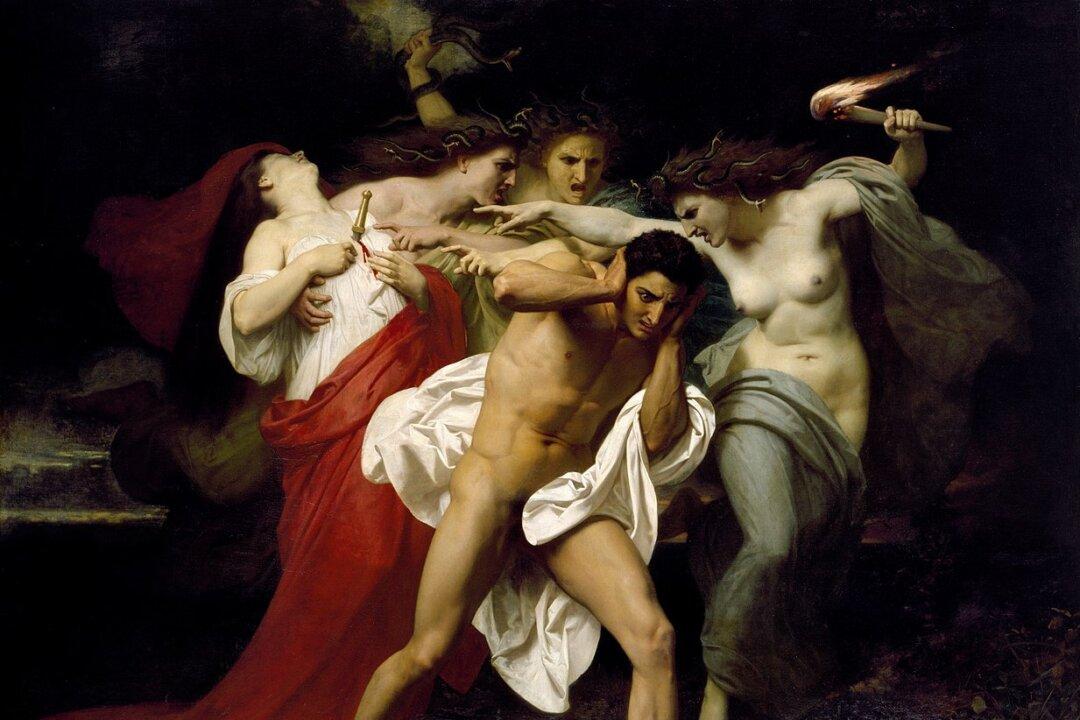We sometimes come across people in our lives who cause us pain. It can be tempting to want to make them pay for the pain they cause us, but William-Adolphe Bouguereau’s painting “Orestes Pursued by the Furies” may provide visual insight as to why it’s better to forgive.
The Vengeance of Orestes
In Greek legend, Orestes was the son of King Agamemnon, who is best known as a military leader who guided the Greeks during their war with the Trojans.After being exiled to Sparta by Aegisthus, Agamemnon married Clytemnestra with whom he had three daughters and a son, Orestes.





